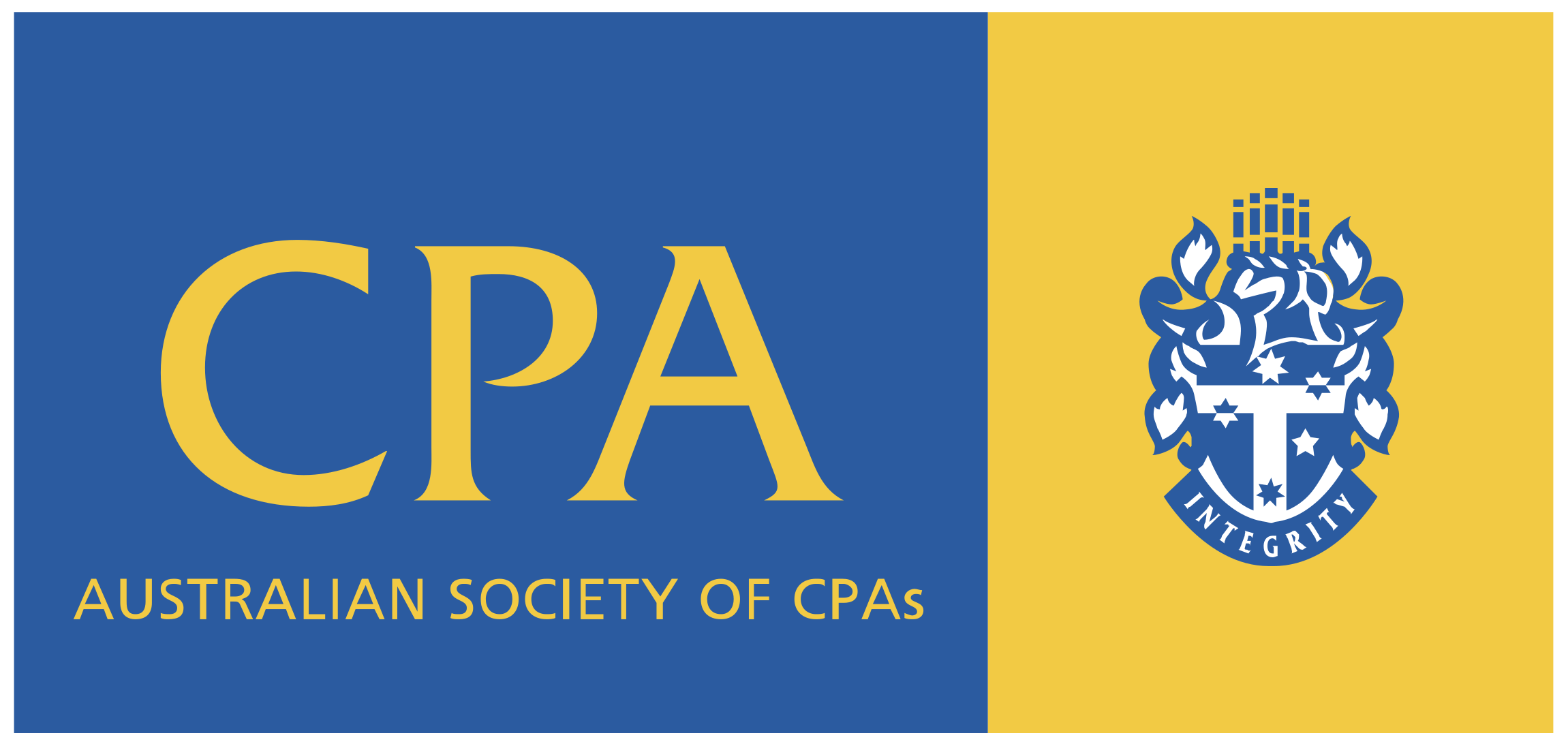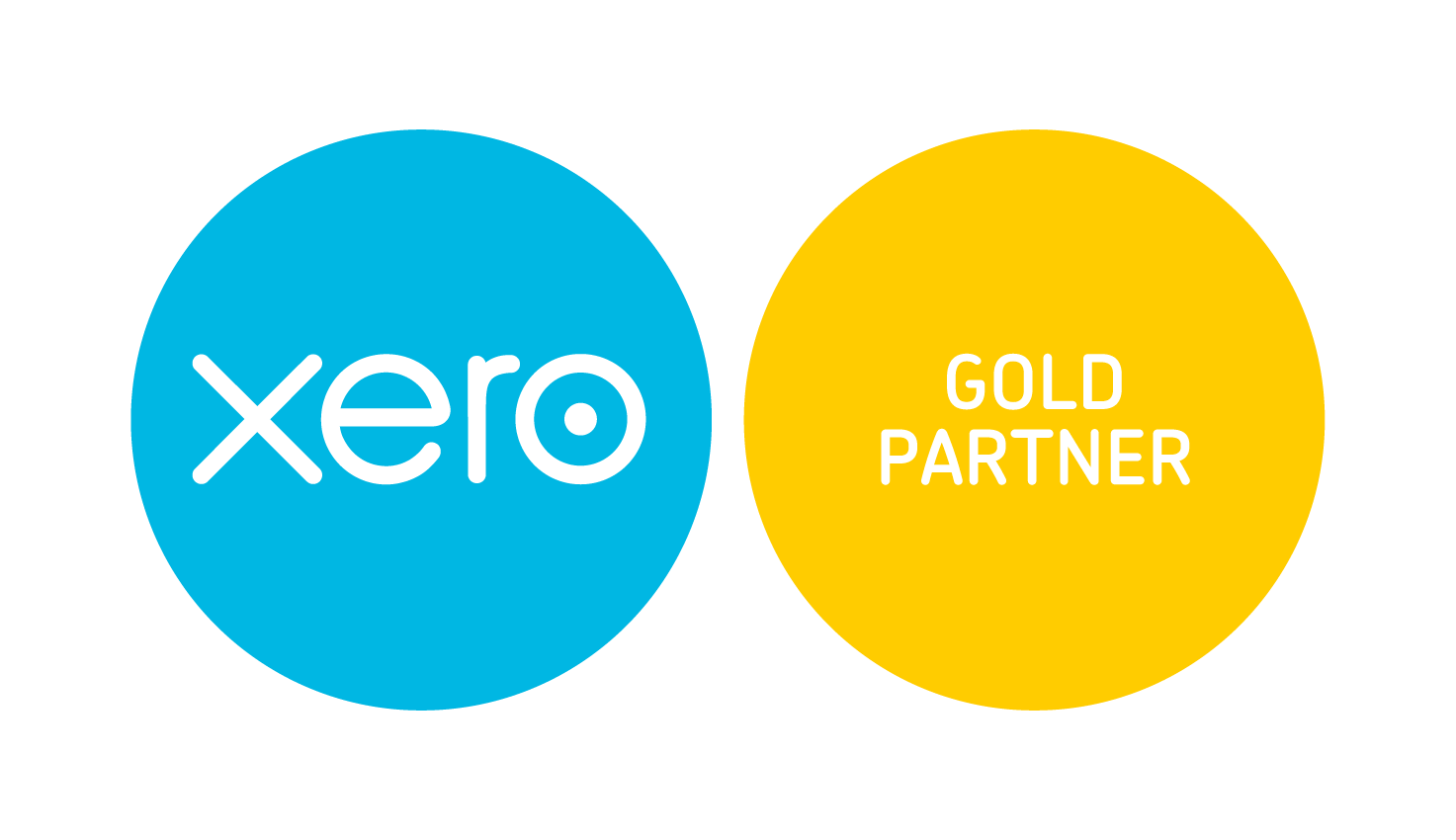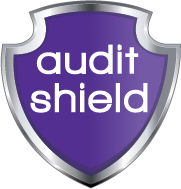
Single Touch Payroll (STP) Phase 2 deadline fast approaching
STP is the way you report your employees' tax and super information to the ATO and Phase 2 provides additional information that will be used by the ATO and Services Australia. STP Phase 2 was due to start on 1 January 2022 but many payroll providers have exemptions to start at a later date.
Xero Payroll has updated its software and payroll users have until 31 March 2023 to make the move to STP Phase 2.
Xero users can view the STP instructions here.
Other payroll providers, who have not yet moved to STP Phase 2, and need more time to make the relevant changes should have applied for a deferral and will let you know what date you are required to start STP 2 reporting.
You do not need to apply for more time if your payroll provider has received a deferral and you transition your payroll before the deadline.
However, if you still need more time beyond your provider’s deferral date, you are able to apply to the ATO to delay your transition. See more information on how to do this here.
What you need to know
In the 2019–20 Budget, the Government announced that Single Touch Payroll (STP) would be expanded to include additional information.
Under Single Touch Payroll Phase 2, the Australian Government will require all employers to report additional information through STP on or before each payday. This information will include details such as income or payment type and the reason for any cessation of employment.
Australian businesses that have employees on their payroll will be impacted by this change.
STP Phase 2 changes
Under STP Phase 2, you need to report additional information to the ATO in a few new areas. You can find the full details on the ATO website .
The main changes are:
Tax file number declaration
Employers are currently required to submit a tax file number declaration to the ATO. Phase 2 will incorporate employee tax information via STP reporting, which eliminates the need to submit tax file declarations to the ATO as a separate process.
Income type and country codes
You already tell the ATO about the type of income your employees receive in your STP report.
The reporting of income types is being introduced in Phase 2 to more flexibly:
- Identify payments you make to your employees with specific tax consequences
- Make it easier for them to complete their individual income tax return
- Help the ATO identify where you are using a concessional reporting arrangement
There are instances where you might need to report a country code. For example, if you make a payment to an Australian resident working overseas, you need to provide information about the host country.
Termination reason
Specifying a reason for termination will be mandatory when an employee finishes their employment.
Currently, an employer may be asked to provide an employee with an employment separation certificate upon an employee’s termination of employment. Phase 2 will require the reason for termination to be included in the STP report sent to the ATO.
Paid leave
Paid leave won't be included as part of gross earnings when reporting earnings via STP. You’ll still need to report leave payments made to your employees in your STP report.
Allowance types
In STP Phase 1 reporting, some allowances are reported separately, but others are reported as part of gross.
You’ll now need to report all allowances separately in your STP Phase 2 report across most income types. This means that allowances previously reported as gross must now be separately itemised and reported.
Directors fees
If you pay directors’ fees, you must separately include these in your STP Phase 2 report.
Directors’ fees include payments to:
- The director of a company
- A person who performs the duties of a director of the company
- A member of the committee of management of the company, or as a person who performs the duties of such a member if the company is not incorporated
Lump Sum W (Return to work) payments
A return to work amount is paid to induce an employee to resume work. For example, to end industrial action or to return from working for another employer. This is a new category of lump sum payments which is being introduced as part of STP Phase 2. Previously, they were reported as gross and not individually identified.
Tax treatment codes
Your STP Phase 2 report includes a six-character tax treatment code for each employee. The tax treatment code is an abbreviated way of telling the ATO about factors that can influence the amount you withhold from payments to your employees.
Bonuses and commissions
There might be times when you pay some employees bonus and commission payments, which are typically paid as a lump sum. Previously they were reported as part of gross payments, but for STP Phase 2 they’ll be reported separately.
Lump Sum E payments
This is used when you make lump sum payments for back pay from prior income years.
Previously, this was shown on a separate line item in an employee’s payment summary. STP Phase 2 requires these payments to be reported with the tax year they originated in before finalising an employee’s records. This removes the need to provide employees with Lump Sum E letters.





